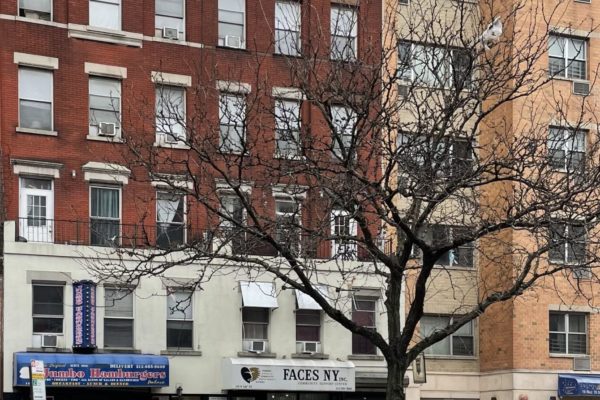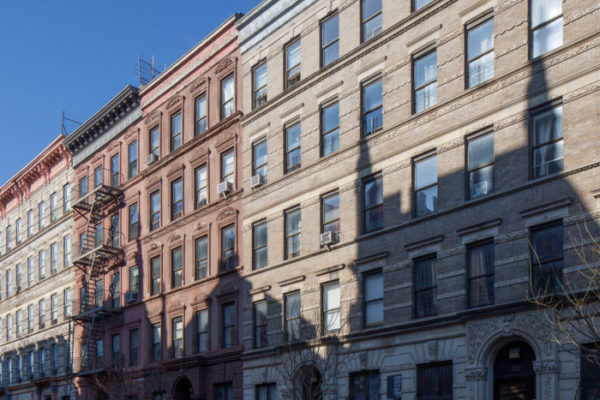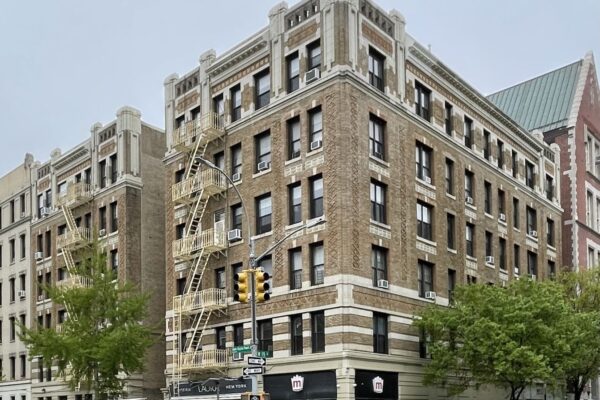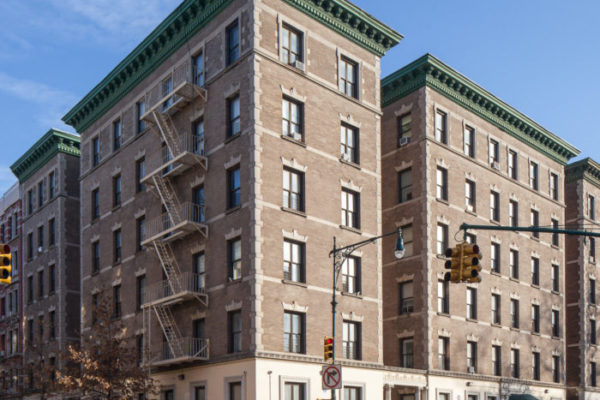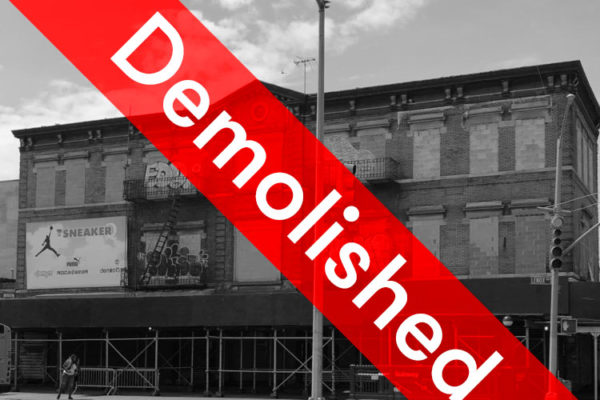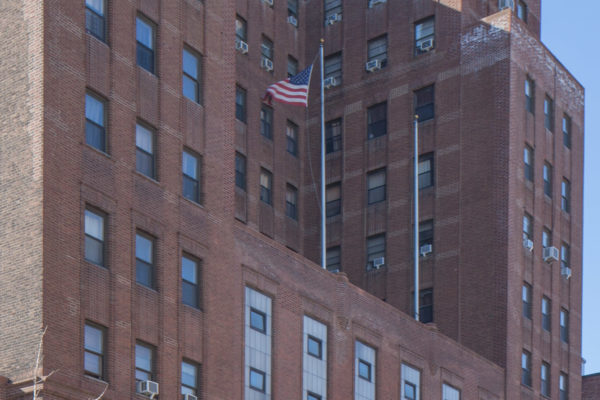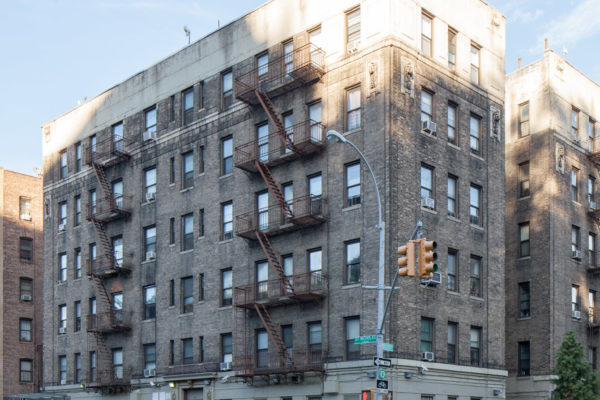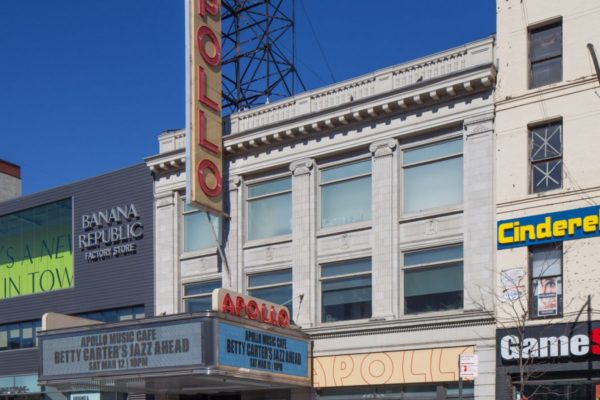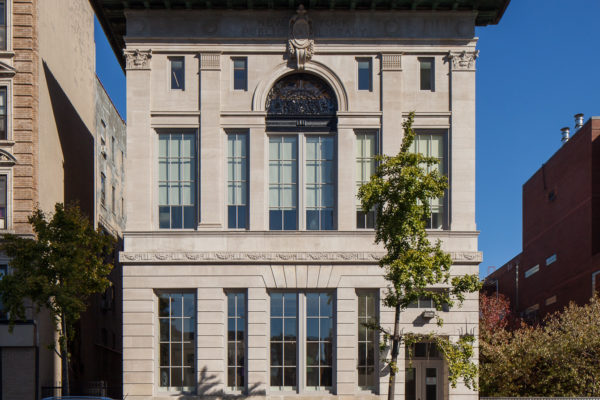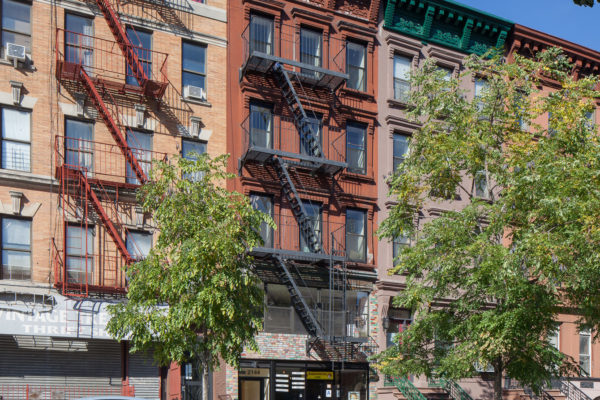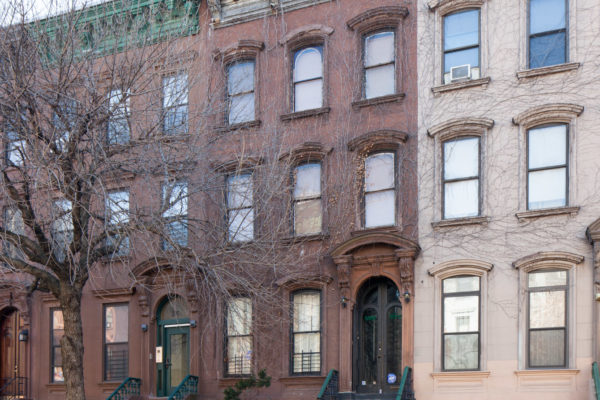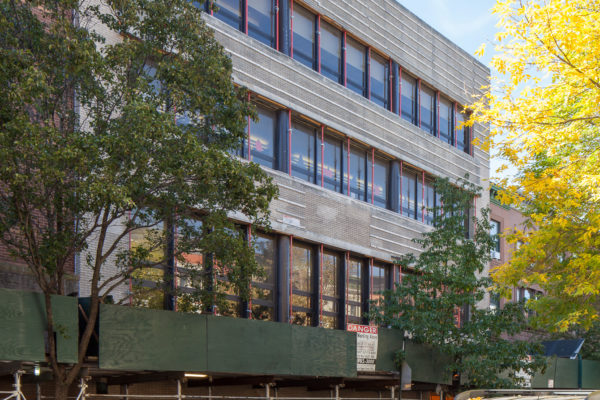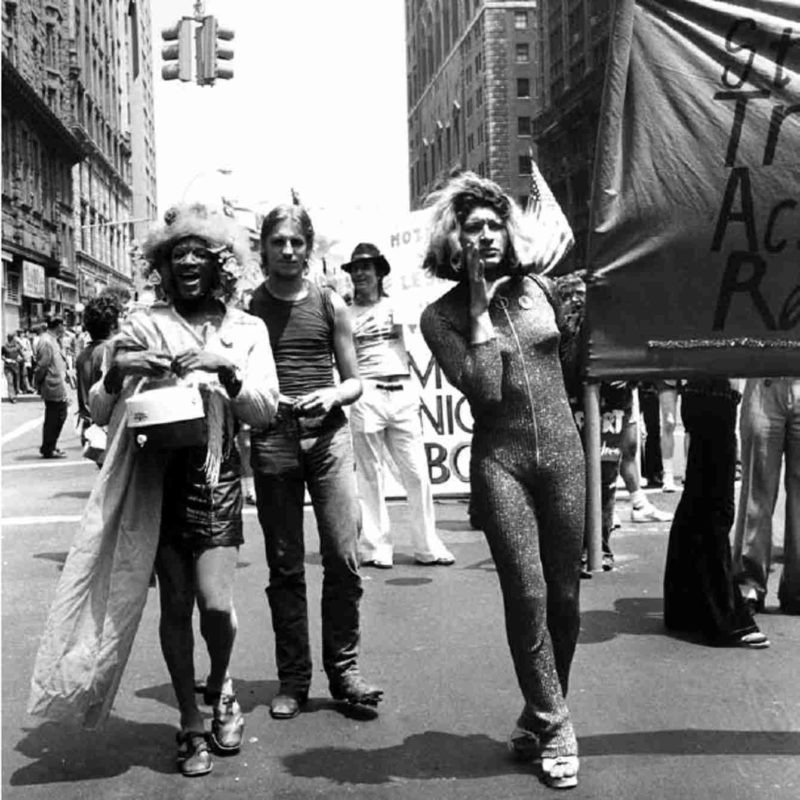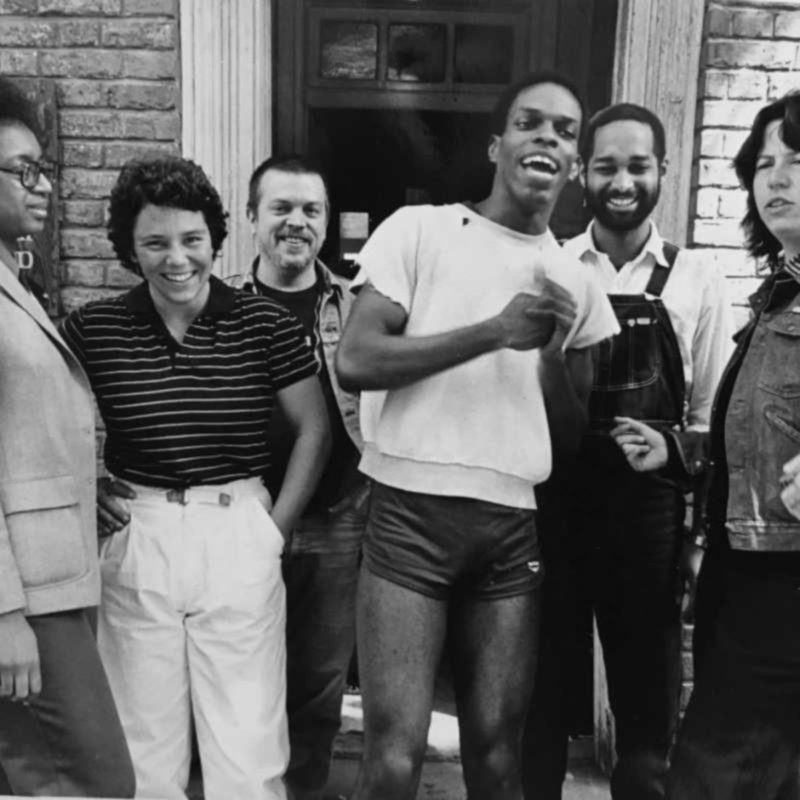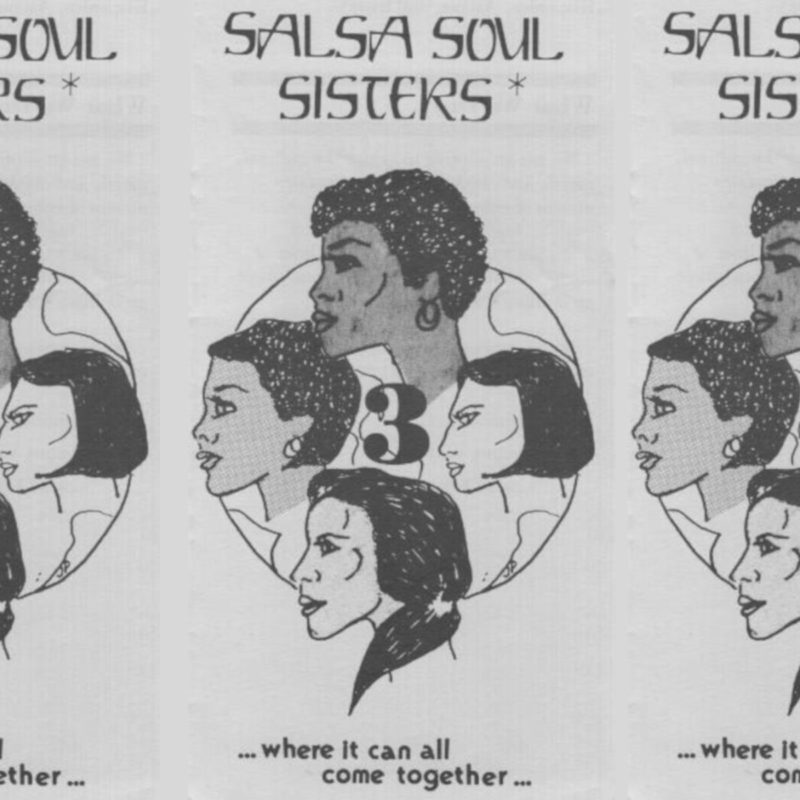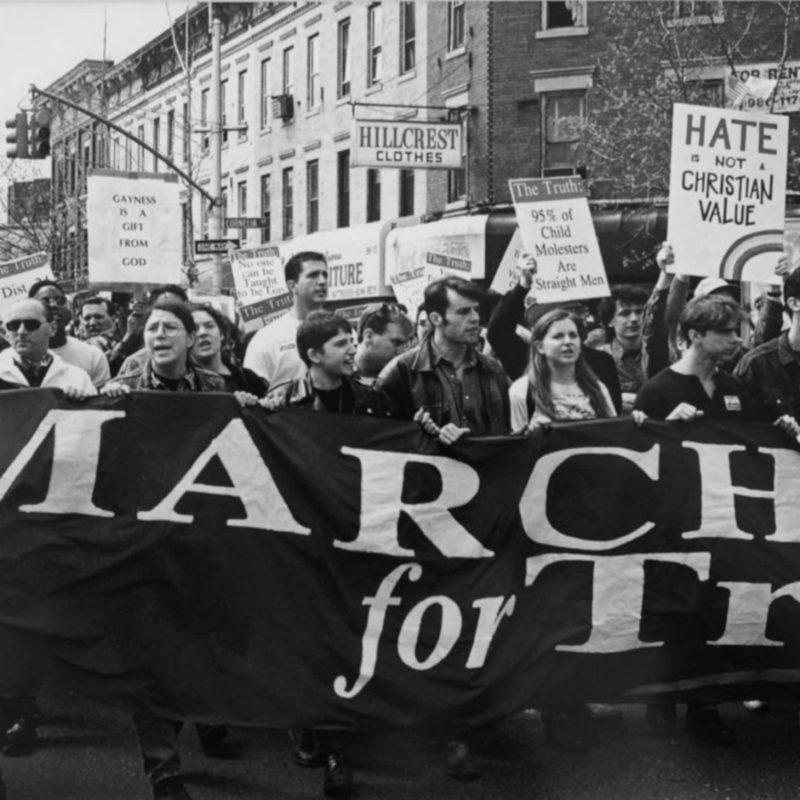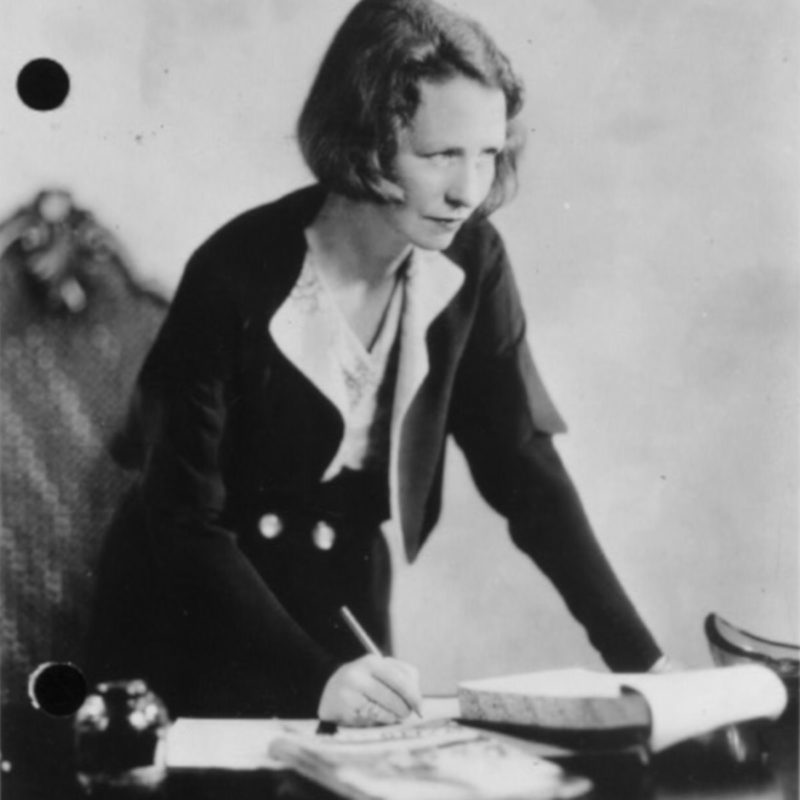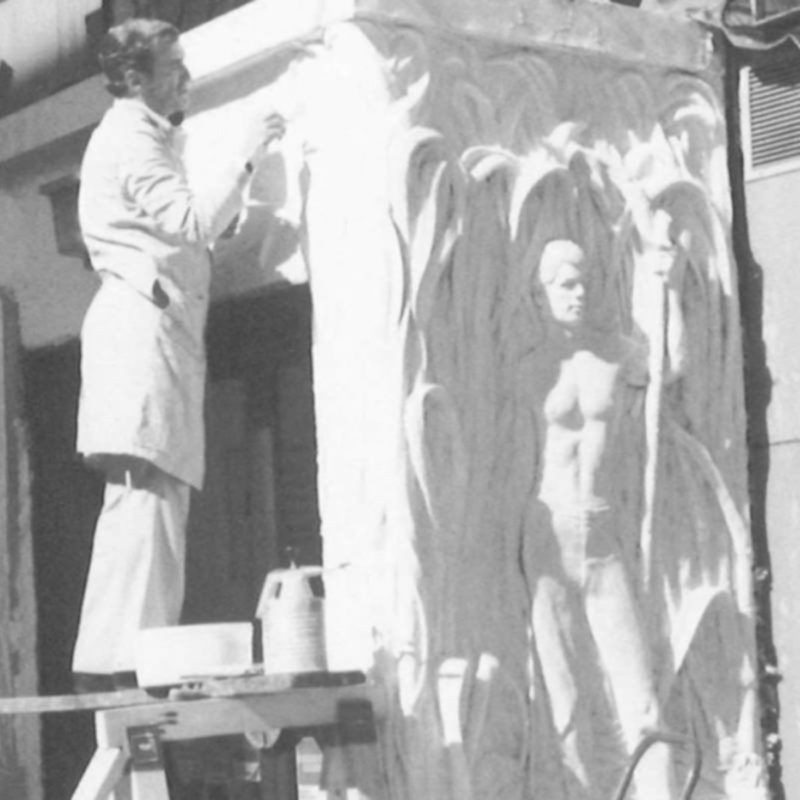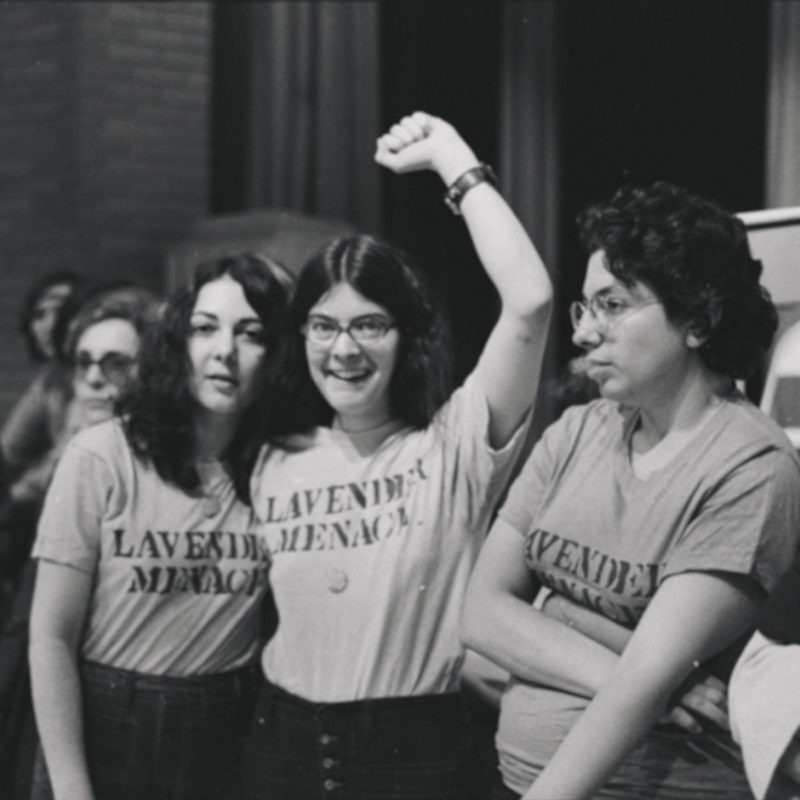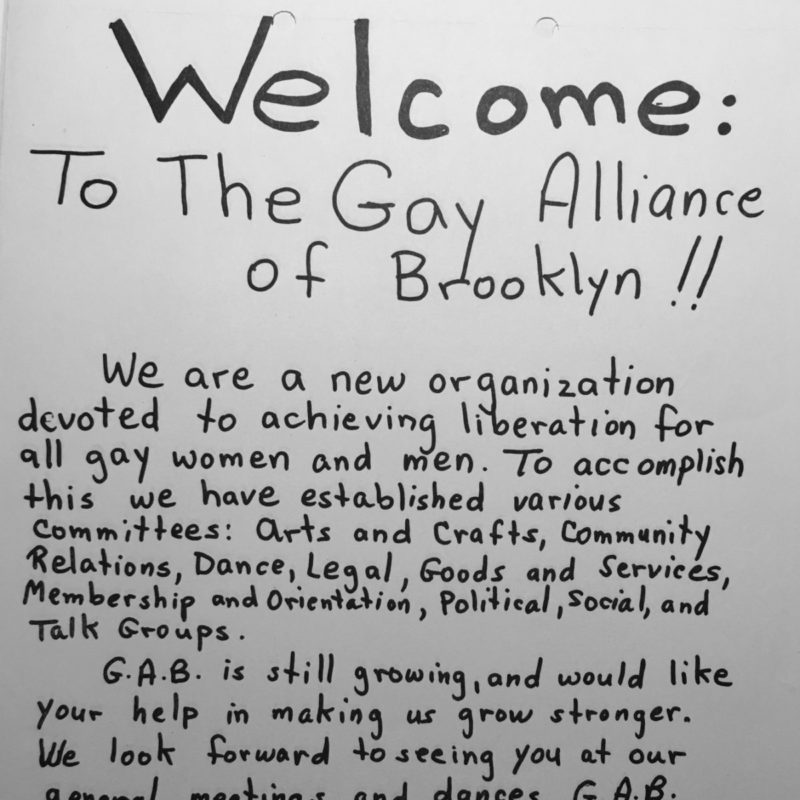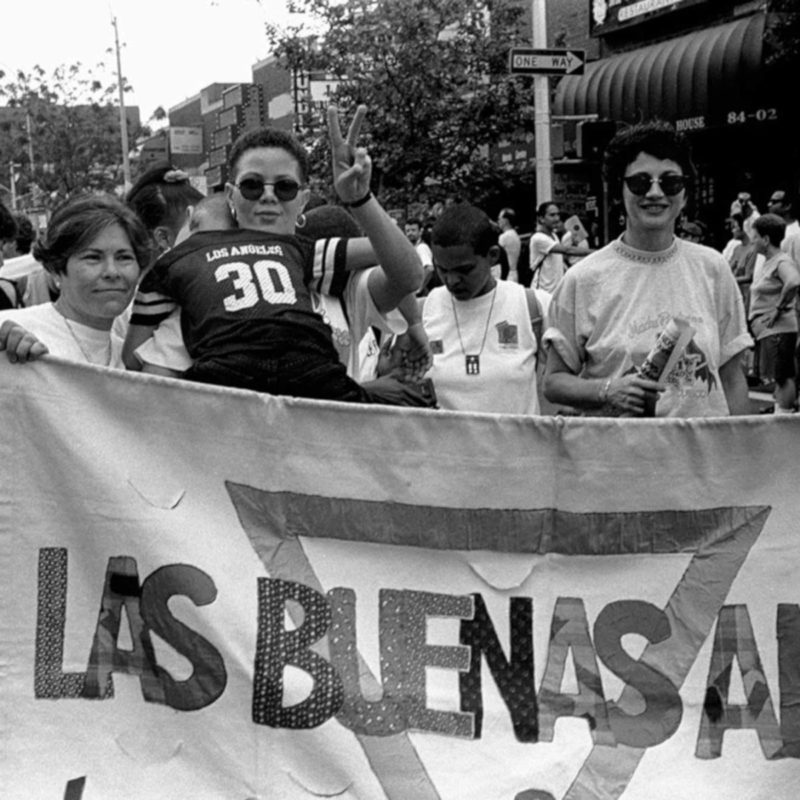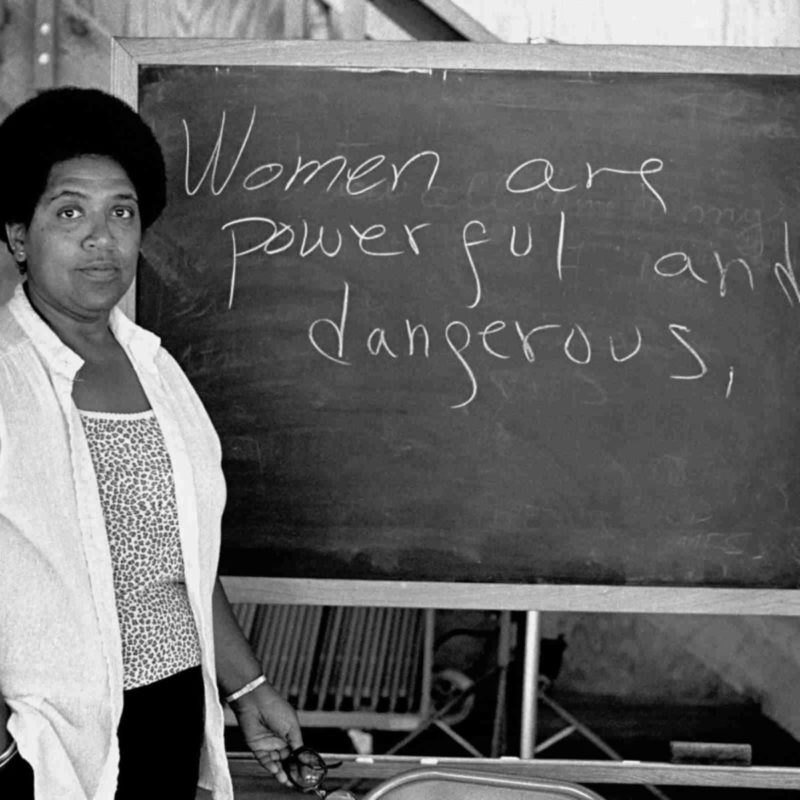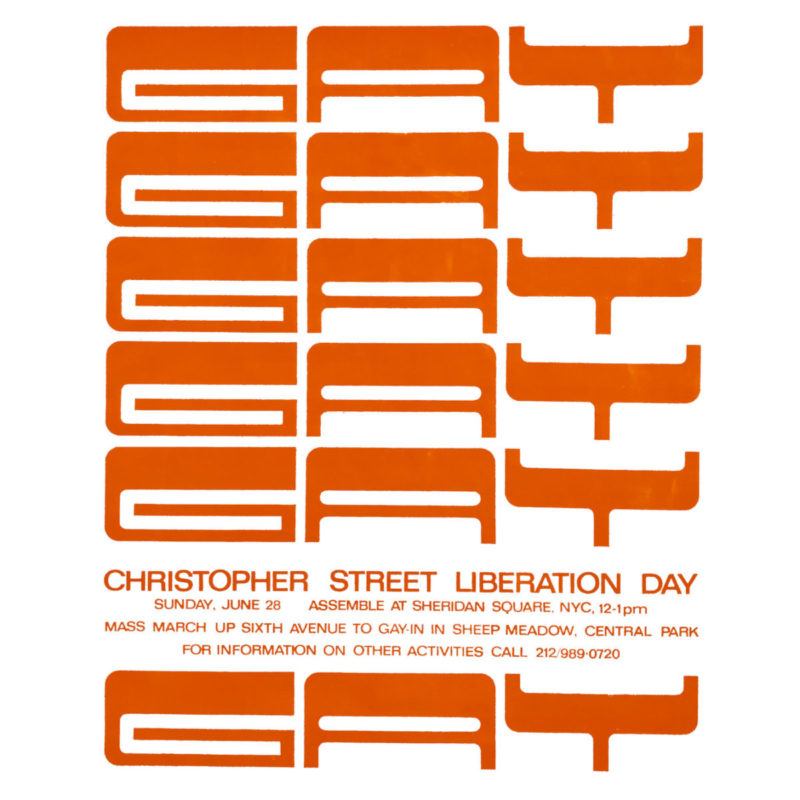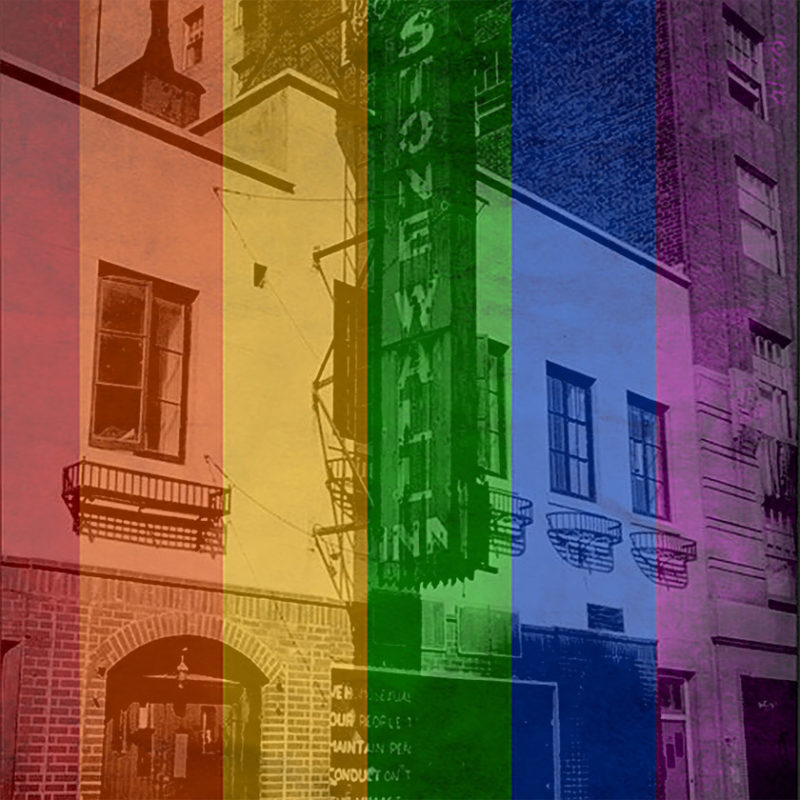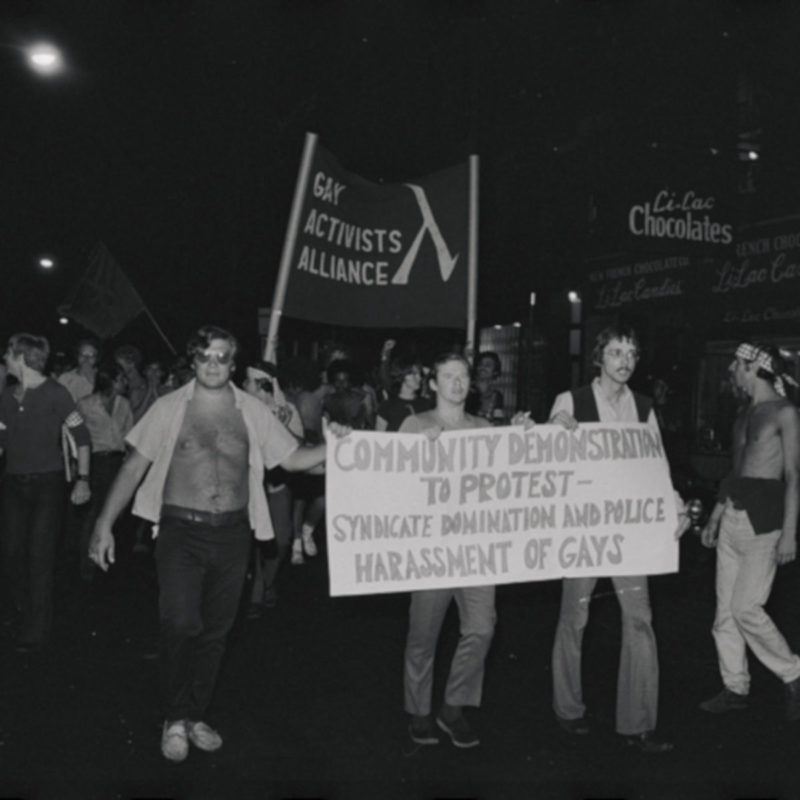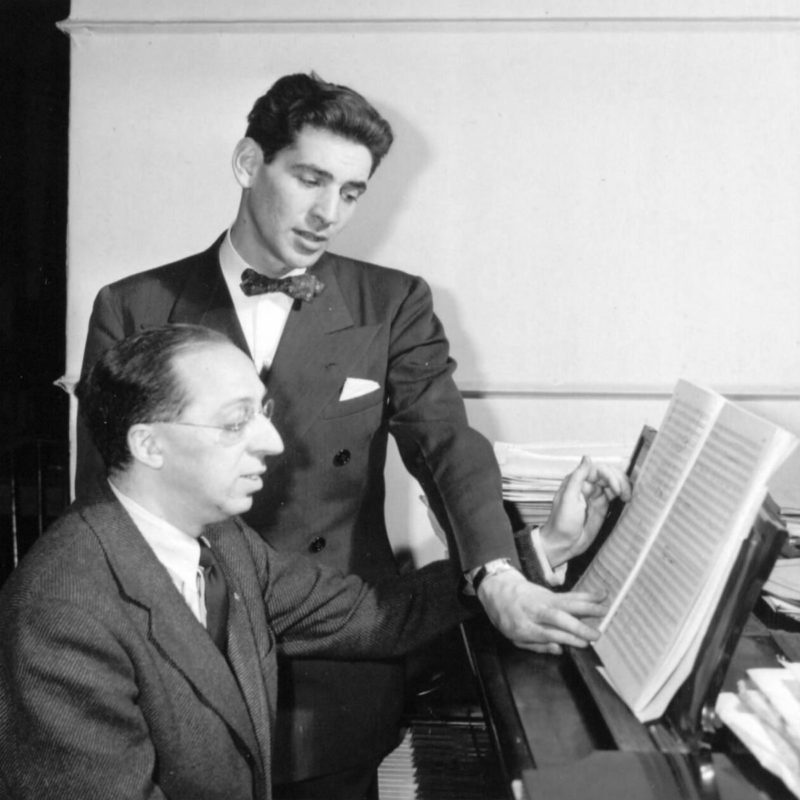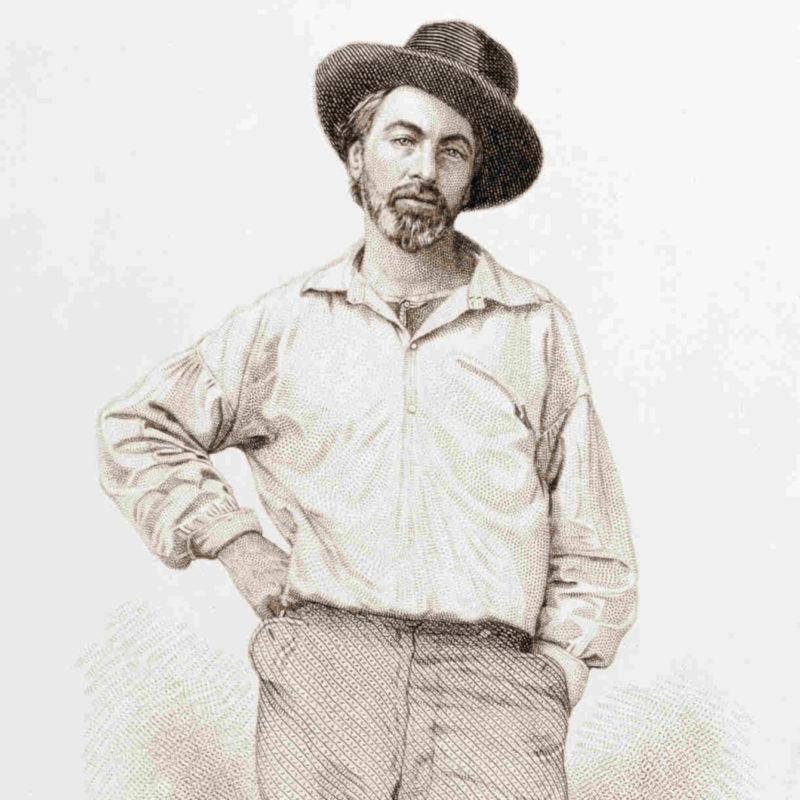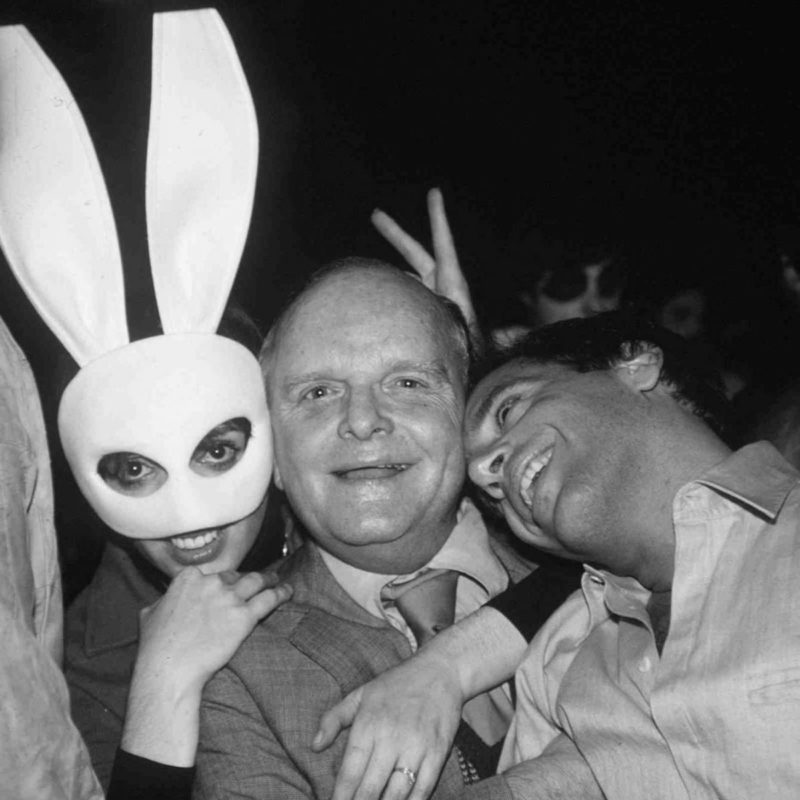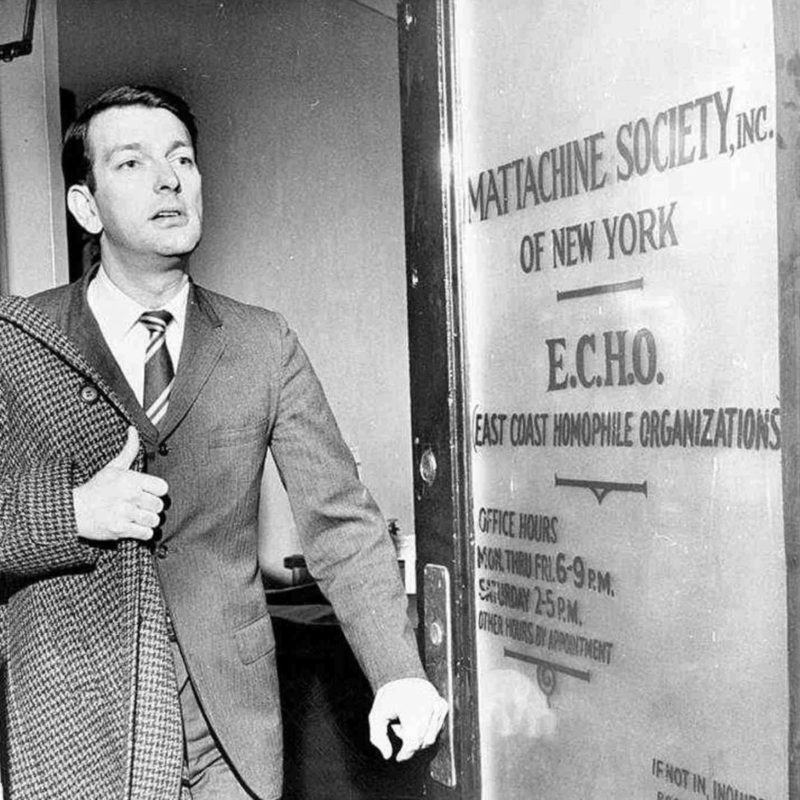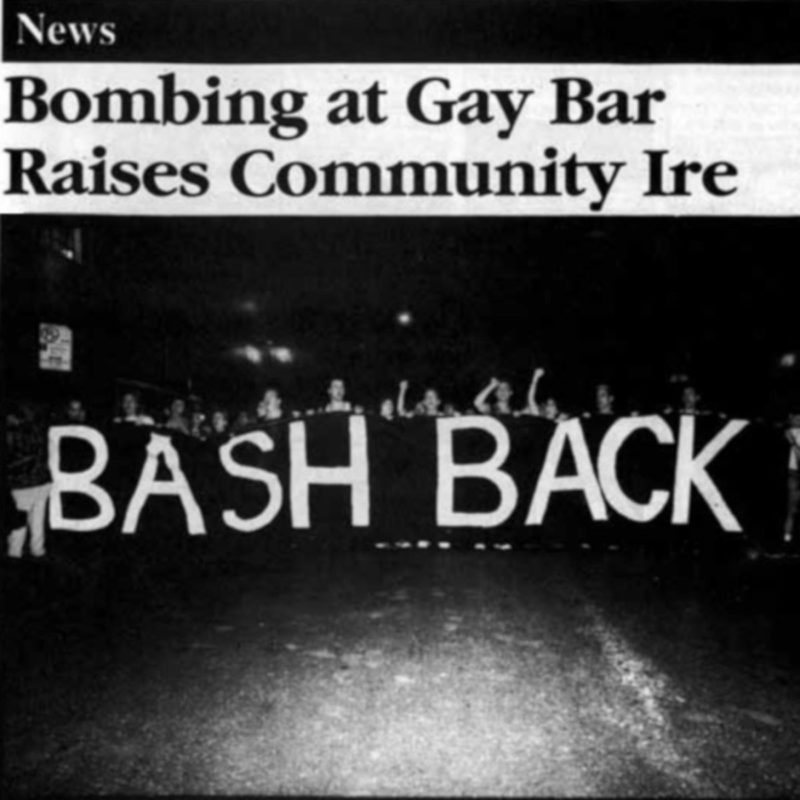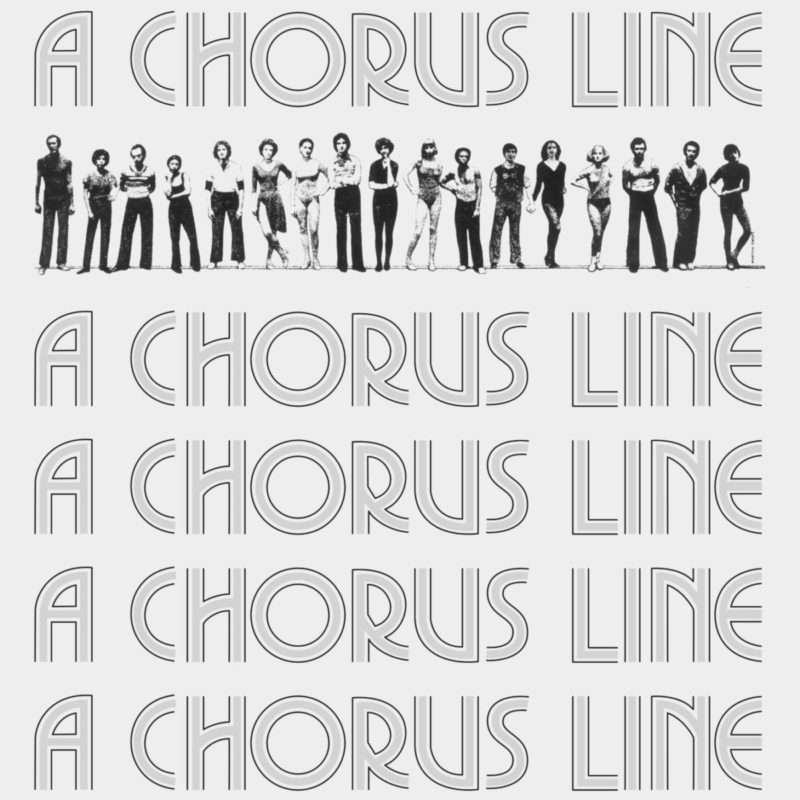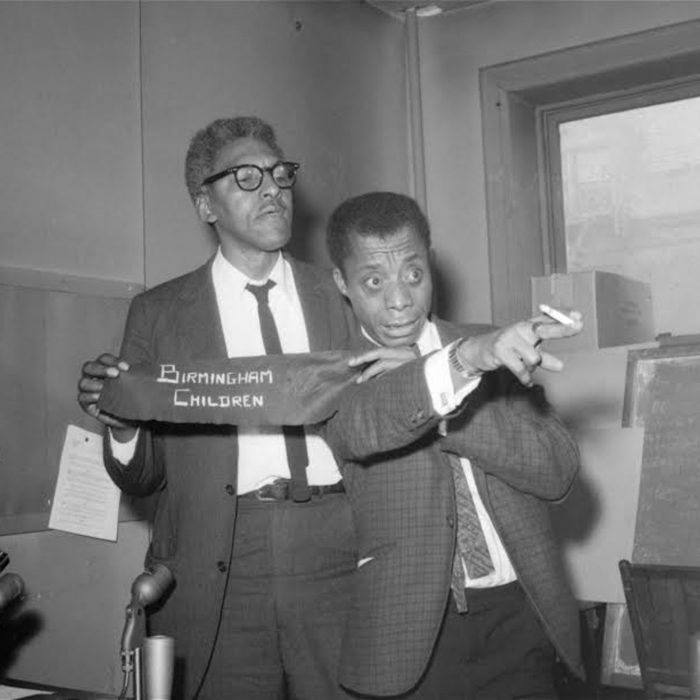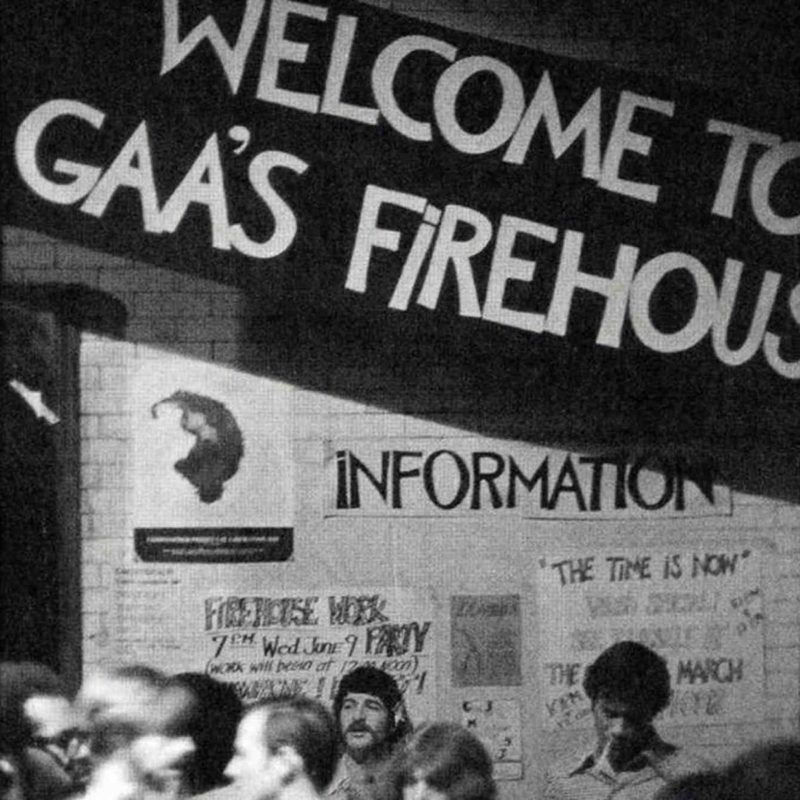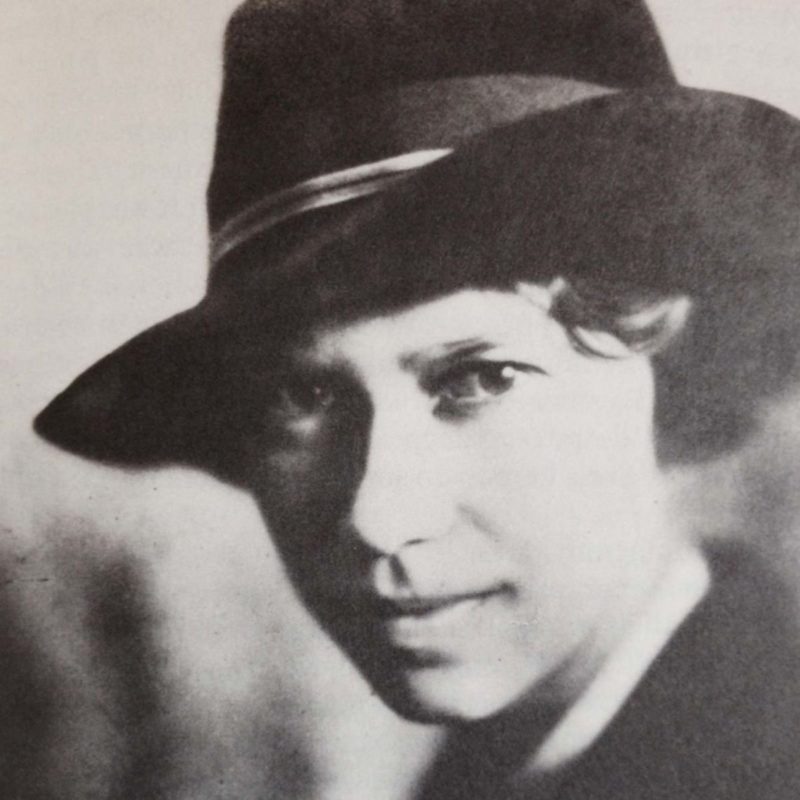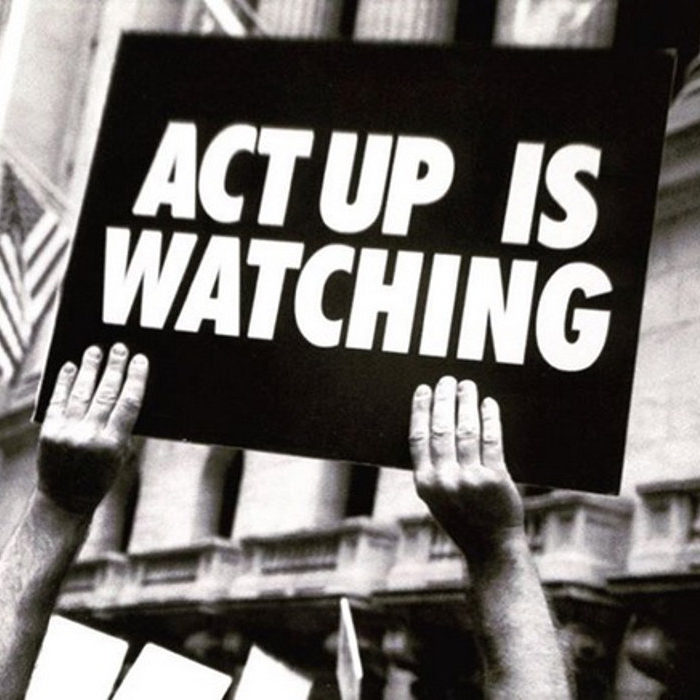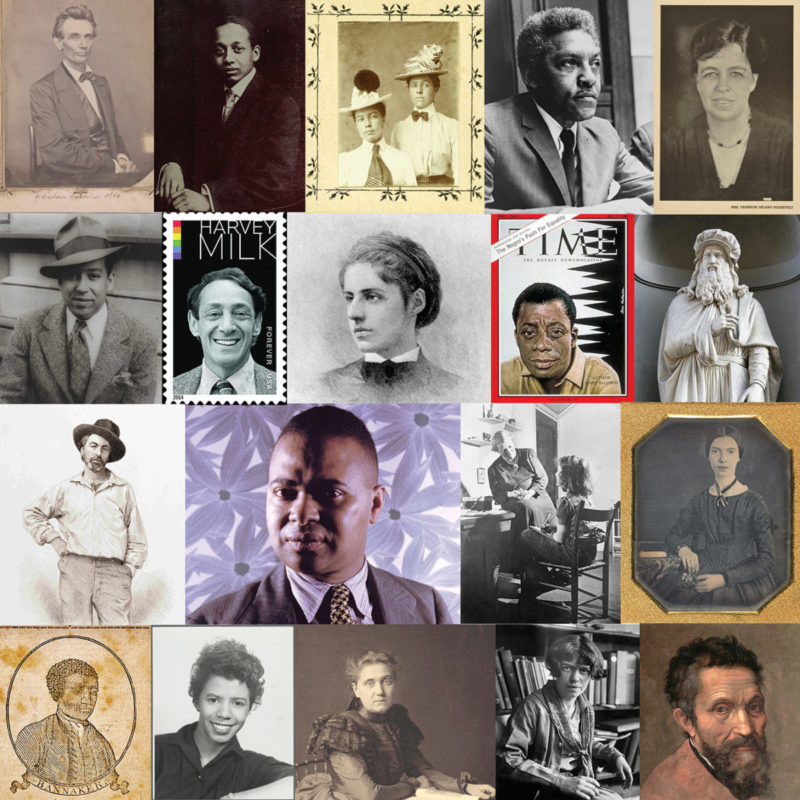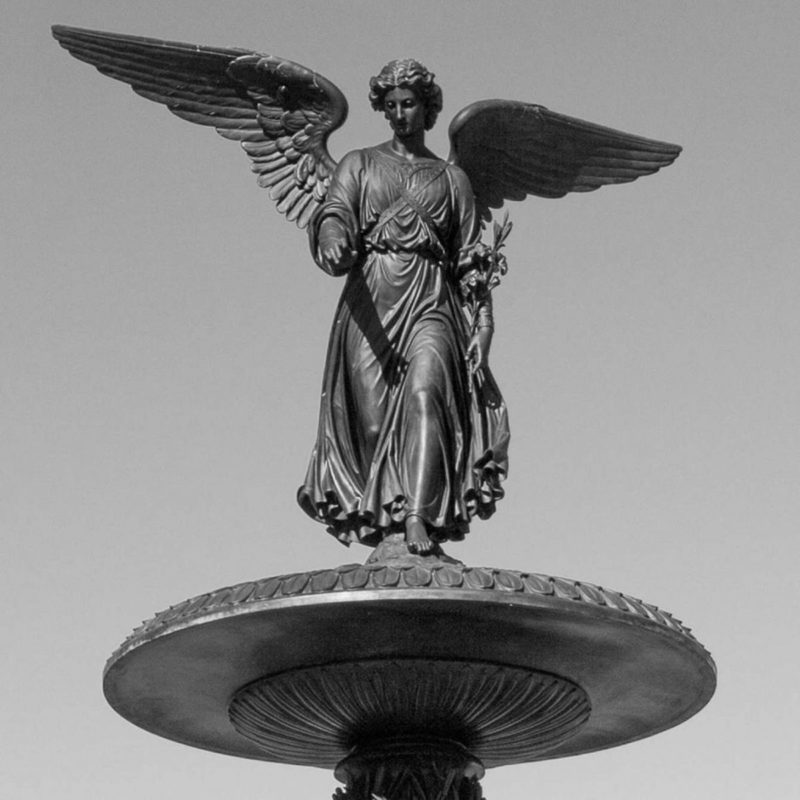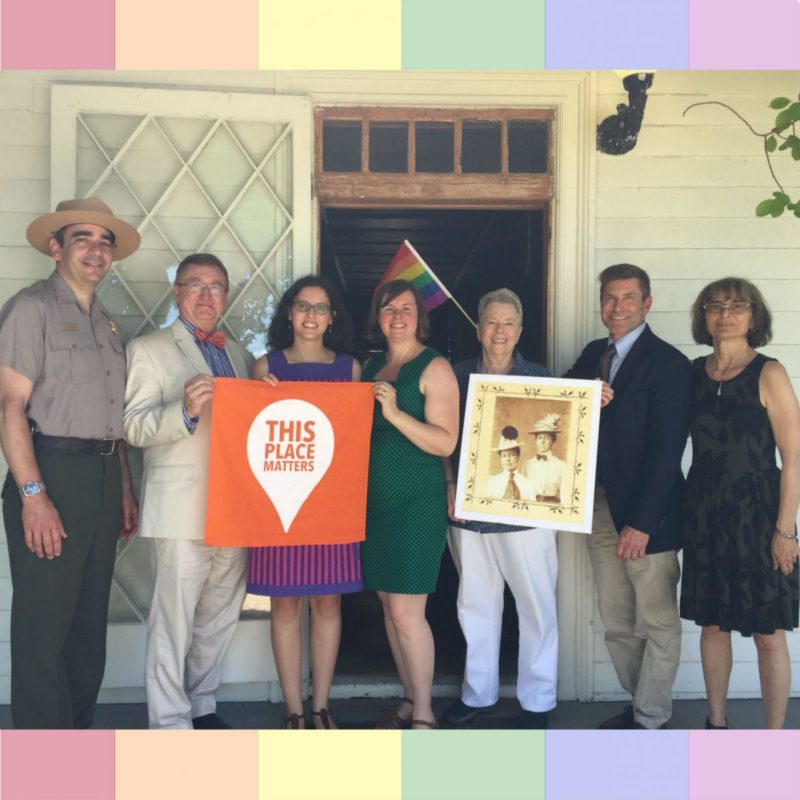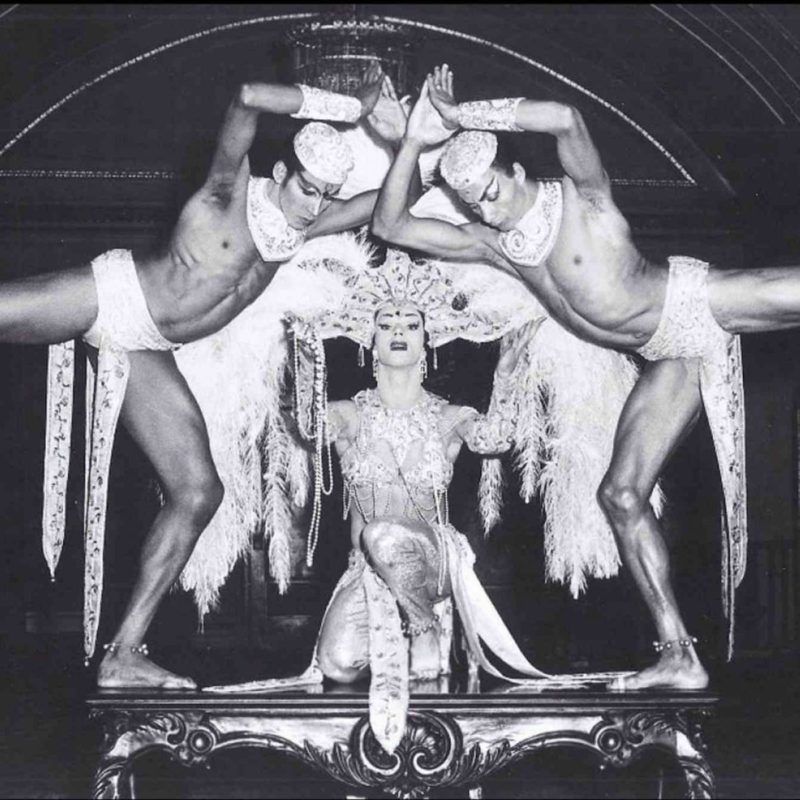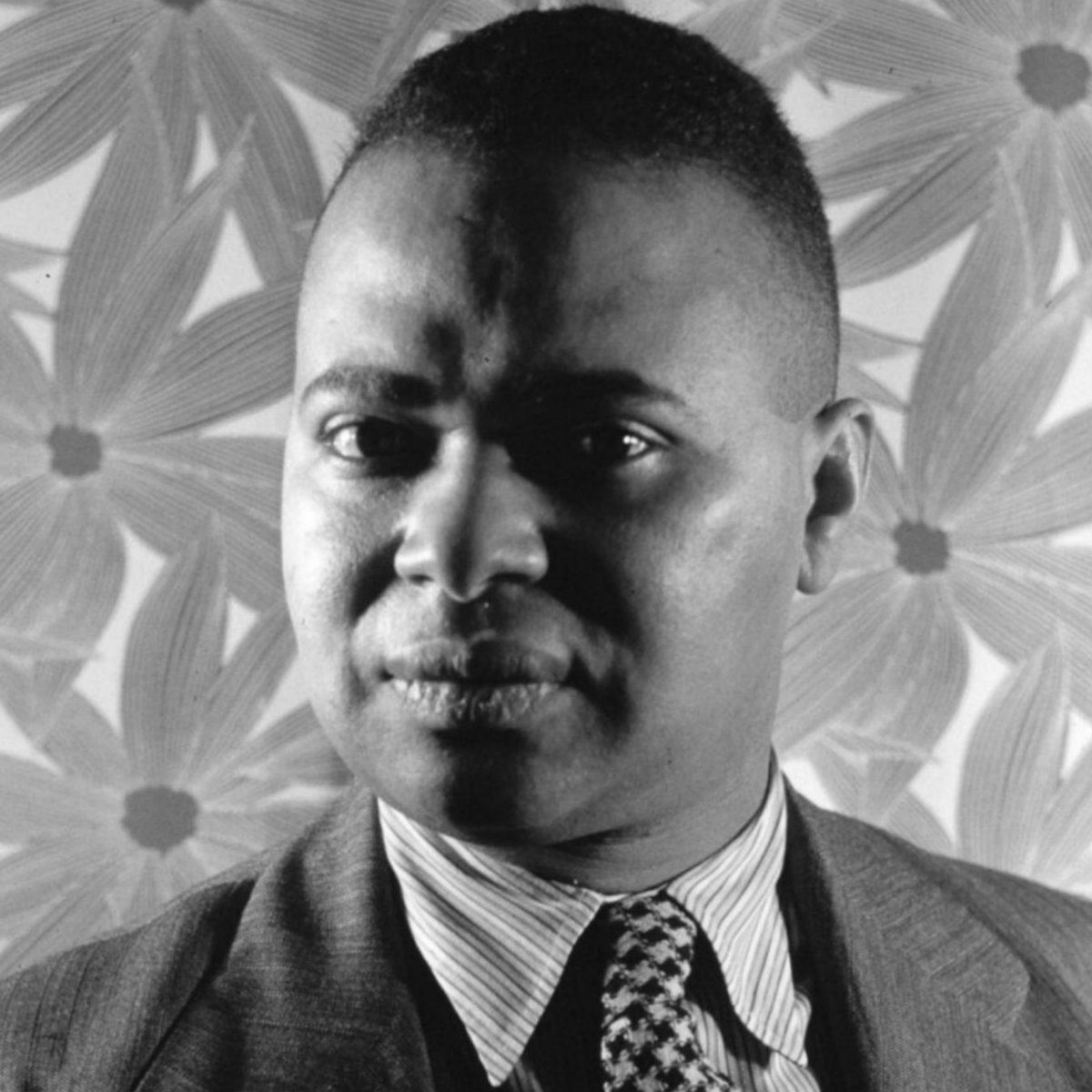
The Harlem Renaissance
overview
From roughly 1919 to 1935, the literary and artistic movement now known as the Harlem Renaissance produced an outpouring of celebrated works by Black artists and writers.
Relatively recent scholarship has emphasized not only the influence gay social networks had on the Harlem Renaissance’s development, but also the importance of sexual identity in more fully understanding a person’s work and creative process. Key LGBT figures of this period include, among others, poets Langston Hughes, Countee Cullen, and Claude McKay; performers Ethel Waters, Edna Thomas, and Alberta Hunter; intellectual Alain Locke; literary salon owner Alexander Gumby; and sculptor Richmond Barthé.
This curated theme features a selection of literary salons, neighborhood institutions, public art, and residences that reflect the impact of the Black LGBT community on one of the 20th century’s most significant cultural movements.
On the Map
VIEW The Full MapFeatured Historic Sites ( 13 )
From 1927 to at least 1945, the closeted blues singer Alberta Hunter owned an apartment in this Harlem building. During this time period, she was a prolific recording artist, performed... Learn More
Edna Thomas, one of the earliest Black actors of the New York stage, came to prominence during the Harlem Renaissance and was pivotal in the development of serious African American... Learn More
From 1935 until sometime between 1940 and 1942, the Black lesbian couple Georgette Harvey and Musa Williams lived at the Lafayette Apartments in Harlem, where they frequently entertained theater notables... Learn More
For about 25 years, beginning in 1920, countless African-American travelers stayed at the renowned Hotel Olga in Harlem. In the 1920s, two known LGBT guests included Alain Locke, the “Dean”... Learn More
The 135th Street Branch of the YMCA (now the Harlem YMCA) and the original West 135th Street Branch across the street were among Harlem’s most important recreational and cultural centers... Learn More
Legendary Black performer Ethel Waters lived in this apartment building from at least 1925 to 1927, when she was well known in Harlem’s lesbian circles. During this time, an important... Learn More
During the Apollo Theater’s heyday as a showcase for Black performers from the 1930s into the 1970s, nearly every important African-American entertainer played here, including many LGBT stars. In the... Learn More
During the Harlem Renaissance, the New York Public Library’s 135th Street Branch served as an intellectual and artistic center for African Americans, including the likes of Langston Hughes, Countee Cullen,... Learn More
Between 1926 and 1931, openly gay Alexander Gumby operated the Gumby Book Studio, one of the preeminent literary and artistic salons of the Harlem Renaissance, on the second floor of... Learn More
Sculptor Richmond Barthé created this 8-foot by 80-foot frieze Exodus and Dance (completed in 1939) for the Harlem River Houses, which was later named Green Pastures: The Walls of Jericho and installed at the... Learn More
Langston Hughes, celebrated poet and leading figure of the Harlem Renaissance, lived on the top floor of this Harlem rowhouse from 1947 to 1967. While here, Hughes wrote many notable... Learn More
Renamed for the noted gay poet Countee Cullen in 1951, this library was the first in the New York Public Library system to be named in honor of an African... Learn More
